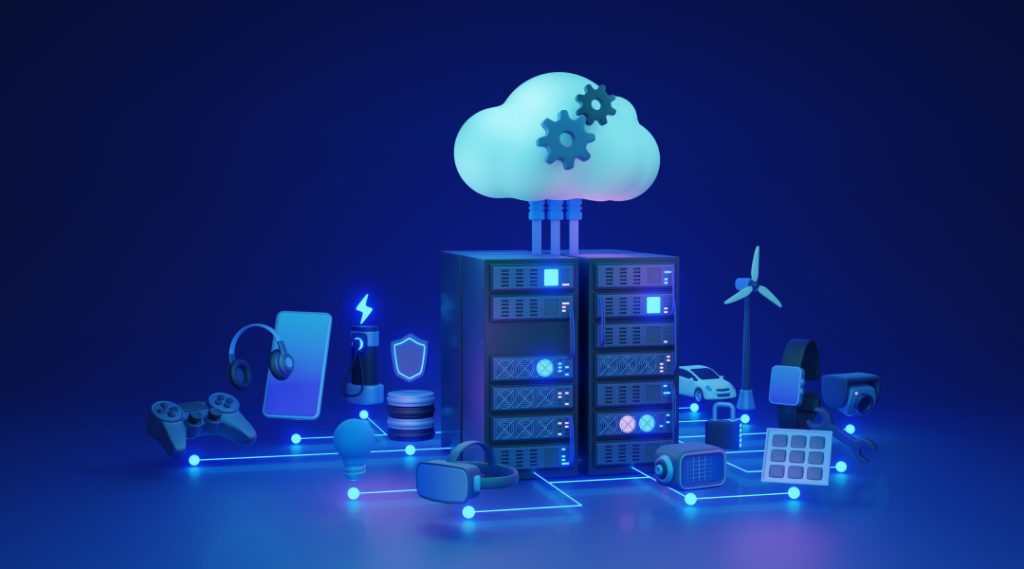The global shift toward remote work that began during the COVID-19 pandemic isn’t reversing—if anything, it’s evolving. Businesses across industries have adopted flexible work policies, blending office and home setups as the new norm. Tools and platforms facilitating remote collaboration, cybersecurity, and productivity have become foundational in a world where location matters less than connectivity and reliability.
Recent surveys reveal that many employees prefer hybrid working arrangements, splitting time between home and office. Companies are under pressure to provide seamless communication tools, secure remote access, and infrastructure that minimizes latency and disruptions. As working from home becomes embedded in business culture, organizations are looking for technologies that support productivity without compromising performance or security.
What 5G Brings to Remote Work Tools
5G networks promise high bandwidth, low latency, and massive device connectivity. These characteristics are essential for power users who rely on video conferencing, real-time data synchronization, cloud-based applications, and augmented reality (AR) tools. For example, with stable 5G, video meetings can feel smoother, lag becomes less noticeable, and large file transfers happen more reliably.
Low latency is particularly beneficial for collaborative design work, remote troubleshooting, and interactive virtual environments. Tools like virtual whiteboards, live coding sessions, and remote demos become more responsive, improving user satisfaction and reducing frustration. As 5G rollout continues globally, workplaces become less anchored to physical offices, and remote work tools can deliver near-on-site performance.
Edge Computing: Bringing Processing Closer to Users
Edge computing complements 5G by placing computational resources closer to where data is generated. Rather than sending data to a distant cloud server and waiting for responses, edge servers can process it locally or regionally. This reduces delays (latency), improves reliability, and enhances privacy because sensitive data doesn’t always have to travel far.
For remote teams working with media, design, or large datasets, edge computing makes real-time collaboration easier. Imagine shared video editing, remote machine control, or live virtual reality (VR) environments—all functioning smoothly because the heavy processing is happening nearer to the user. Edge infrastructure also helps when internet backbone or cloud access is inconsistent.
Security, Reliability, and Challenges
With more data traveling over 5G and being processed at the edge, security becomes even more critical. Devices on remote networks need robust endpoint protection. Encryption, identity verification, and regular patching of remote access tools become standard protocols. Businesses must also ensure that edge nodes themselves are secured against tampering or breaches.
Reliability is another concern. Networks must manage handoffs—when a user switches between 5G cells or moves from 5G to other types of connection—without dropping sessions. Also, edge infrastructure requires investment in hardware, maintenance, and redundancy. Developing economies may struggle with cost, regulatory hurdles, or technical expertise required to deploy effective edge solutions.
Real-World Use Cases and Industry Adoption
Several industries are already demonstrating how combining 5G with edge computing enhances remote work. In healthcare, surgeons are using remote robotics and streaming high-definition video for consultations. In engineering, remote site inspections and AR overlay tools allow experts to guide field engineers from across continents. Media teams collaborate on large video projects from different time zones with less lag, thanks to edge caching.
Some tech companies are embedding edge servers in corporate campuses and co-working locations so remote users can access low-latency compute resources near them. Software vendors are integrating 5G and edge performance optimizations into collaboration tools—making them resilient even when network conditions fluctuate.
FAQs
What exactly is edge computing and how is it different from cloud computing?
Edge computing processes data closer to where it’s generated (e.g., local servers) rather than sending everything to centralized cloud data centers. This reduces delays and dependence on distant infrastructure.
How does 5G improve remote work tools?
5G offers higher speeds, lower latency, and more reliable connections, which helps with video calls, large file transfers, real-time collaboration, and smoother remote UX.
Are there downsides to using edge computing with remote work?
Yes. Costs of deployment, maintenance, security risks, and ensuring consistent reliability across geographies are among the main challenges.
Is 5G available everywhere?
Not yet. Urban areas are seeing faster deployment, but many rural or economically less developed regions still rely on 4G or weaker connectivity, which limits benefits.
What steps should companies take to secure remote work with 5G & edge compute?
Implement strong encryption, secure authentication, regular updates, redundancy in edge nodes, monitoring tools, and employee training for best cybersecurity practices.
Conclusion
The fusion of 5G connectivity and edge computing is accelerating the evolution of remote work tools, enabling experiences once reserved for on-site interactions. As organizations adopt these technologies, teams can collaborate more fluidly, with fewer latency issues, more reliable performance, and greater responsiveness in real-time tasks.
However, the benefits come alongside technical, security, and cost challenges. Achieving the full promise of this integration will require investment, careful planning, and consistent focus on safeguards. For those who succeed, remote work may no longer feel remote—it will become seamless.







